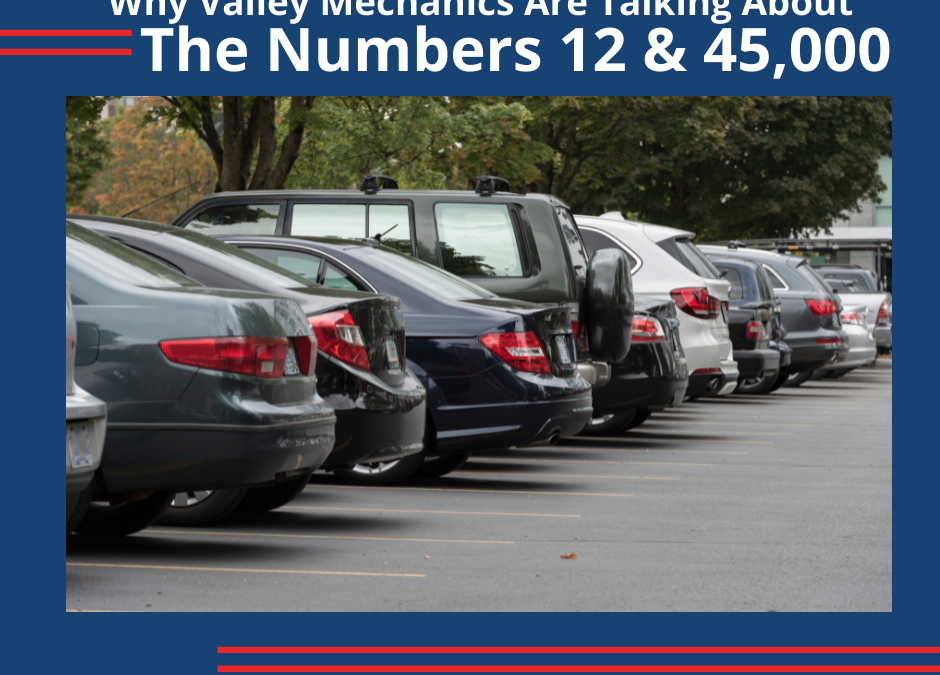The more you know about your vehicle, the more likely you’ll be able to head off auto repair problems. You can detect many common vehicle problems by using your senses: eyeballing the area around your vehicle, listening for strange noises, sensing a difference in the way your vehicle handles, or even noticing unusual odors.
In Part One of this three-part series, Understanding Auto Maintenance and Warranties, we discussed why some cars break down more than others and focused on Looks Like Trouble. Now we are going to look at how you can use your ears and nose to ferret out potential problems.
Sounds Like Trouble
Squeaks, squeals, rattles, rumbles, and other sounds provide valuable clues about problems and maintenance needs. Here are some common noises and what they mean:
Squeal – A shrill, sharp noise, usually related to engine speed:
- Loose or worn power steering, fan or air conditioning belt.
Click – A slight sharp noise, related to either engine speed or vehicle speed:
- Loose wheel cover.
- Loose or bent fan blade.
- Stuck valve lifter or low engine oil.
Screech – A high-pitched, piercing metallic sound; usually occurs while the vehicle is in motion:
- Caused by brake wear indicators to let you know it’s time for maintenance.
Rumble – A low-pitched rhythmic sound.
- Defective exhaust pipe, converter or muffler.
- Worn universal joint or other drive-line component.
Ping – A high-pitched metallic tapping sound, related to engine speed:
- Usually caused by using gas with a lower octane rating than recommended. Check your owner’s manual for the proper octane rating. If the problem persists, engine ignition timing could be at fault.
Heavy Knock – A rhythmic pounding sound:
- Worn crankshaft or connecting rod bearings.
- Loose transmission torque converter.
Clunk – A random thumping sound:
- Loose shock absorber or other suspension component.
- Loose exhaust pipe or muffler.
Smells Like Trouble
Some problems are right under your nose. You can detect them by their odor:
- The smell of burned toast – a light, sharp odor – often signals an electrical short and burning insulation. To be safe, try not to drive the vehicle until the problem is diagnosed.
- The smell of rotten eggs – a continuous burning sulfur smell – usually indicates a problem in the catalytic converter or other emission control devices. Don’t delay diagnosis and repair.
- A thick acrid odor usually means burning oil. Look for sign of a leak.
- The smell of gasoline vapors after a failed start may mean you have flooded the engine. Wait a few minutes before trying again. If the odor persists, chances are there’s a leak in the fuel system – a potentially dangerous problem that needs immediate attention.
- Burning resin or an acrid chemical odor may signal overheated brakes or clutch. Check the parking brake. Stop. Allow the brakes to cool after repeated hard braking on mountain roads. Light smoke coming from a wheel indicates a stuck brake. The vehicle should be towed for repair.
- A sweet, steamy odor indicates a coolant leak. If the temperature gauge or warning light does not indicate overheating, drive carefully to the nearest service station, keeping an eye on your gauges. If the odor is accompanied by a hot, metallic scent and steam from under the hood, your engine has overheated. Pull over immediately. Continued driving could cause severe engine damage. The vehicle should be towed for repair.
This is part two of a three-part series. Part three will focus on Feels Like Trouble.







